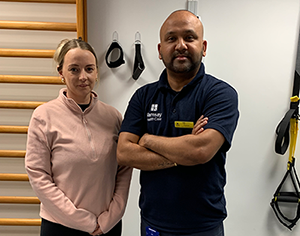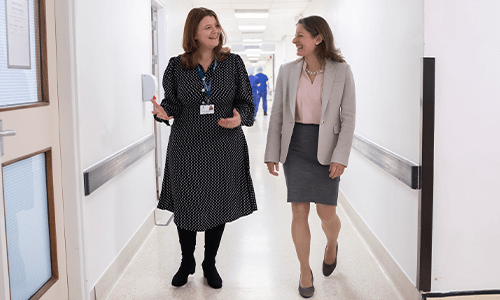Ashtead Hospital Specialists
-
Professor Stergios Doumouchtsis
Mr Stergios Doumouchtsis is a Consultant Urogynaecologist at Ashtead Hospital in Surrey
Read more -
Mr Haider Jan
Mr. Haider Jan is a highly experienced consultant gynecologist who currently serves as the Clinical Director of Gynecology and Obstetrics and leads the BSGE accredited Endometriosis center at Epsom and St Helier University Hospitals NHS Trust. He also holds an honorary consultant position at Kings Fertility.
Read more -
Miss Zainab Khan
Miss Zainab Khan is a Consultant Gynaecologist in Surrey, specialising in Urogynaecology.
Read more -
-
Mr Minas Psychoulis
Mr Minas Psychoulis is Consultant Gynaecologist in Surrey, specialising in benign gynaecology, abnormal smears, colposcopy HRT and menopause.
Read more -
Professor Bassel Wattar
Professor Bassel Wattar is a Consultant Gynaecologist in Surrey who specialises in Reproductive Medicine and the Menopause
Read more


